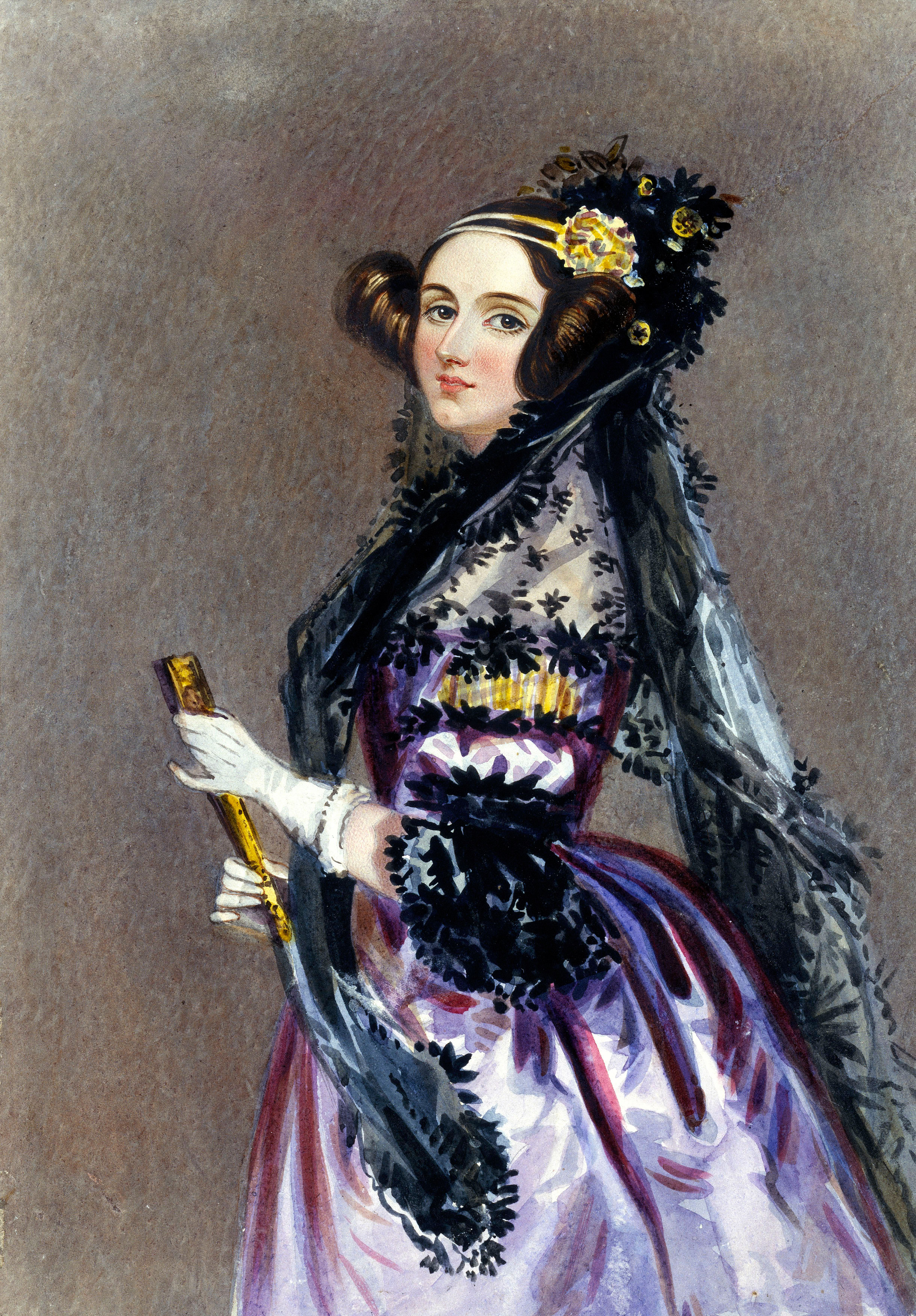| from https://encrypted-tbn0.gstatic.com/images?q=tbn:ANd9GcRH-kmEjZvyctZ4TTM3CN_1H5Ex0Bdn0ME02k820JZ8Wryp_Y6o |
Very few people seem to express warm, fuzzy feelings about banks. In fact, they are more 20 point drop in public trust in 2018.
likely to have cold, prickly feelings about them. Financial services institutions suffered a
So what can banks do to try to attract and retain loyalty? Aside from asking banking customers directly, how would banks find out what people really think of what they’re doing? They could tap into social data. That’s what Crimson Hexagon did with in a report that compares two bank brands: BNP Paribas and Santander.
The report is based on an exploration of five years’ worth of online conversations related to these two large bank brands. Data was culled from “Twitter, Facebook, Reddit, blogs and forums – a wide range of locations where consumers gather to discuss various topics.”
Read more in



_(14763705761).jpg)




